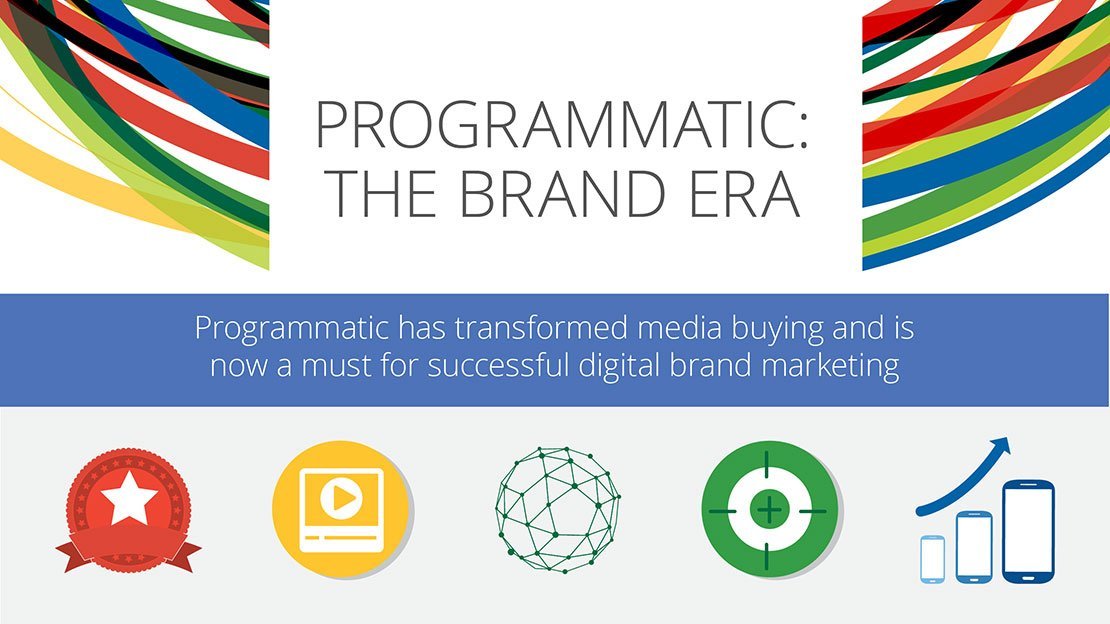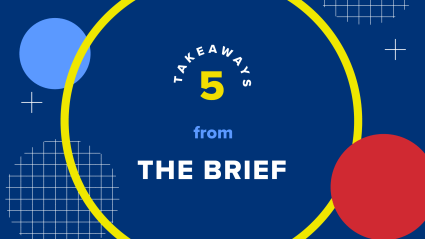In part one of this series on measuring the impact of brand awareness initiatives, we took you through the challenges of judging the effectiveness of traditional advertising. Evolutions in digital marketing ad tech, from ditching last-click attribution to adopting a data-driven attribution (DDA) model, have enabled modern marketers to generate brand awareness with measurement and ROI in mind. In part two, we’ll run you through the benefits of programmatic media buying as well as tips on activating measurable influencer campaigns. Taken together, these concepts can serve as conversation starters within your organization and enable you to execute your brand campaigns without feeling like you’re lighting money on fire.
Buy Your Media Programmatically
Gone are the days of having to purchase inventory directly through publishers at premium CPMs with little visibility into performance. It’s true that direct buys come with a variety of benefits that are not accessible through the open exchange, that reporting has become more transparent, and that they can be one element of a successful marketing campaign.
That being said, buying your media programmatically through networks such as Google Display & Video 360 can produce unparalleled performance.
First, while a publisher will most definitely have traffic from your core demo (assuming you did proper research), it’s not unlikely that there’s also a percent of traffic outside of that demo. Thus the media buy is limited in its ability to reach the right people, and you might also be spending your dollars to reach the wrong people.
Buying programmatically overcomes this challenge in that it serves ads to the right audience, on whatever sites they’re already browsing. If you want to reach your core demo in a very targeted fashion, then programmatic buying is for you. Leveraging your first-party data with third-party data markets will only serve to further enhance your targeting in finding niche audiences, high-value lookalike audiences, and existing customer retargeting.
The second game changing component of a programmatic ad platform is that it is powered by machine learning. This means that the more data it consumes, the better it can serve ads to the right audiences to maximize conversions. This also means that you need to “feed” the programmatic machine enough so that it may learn. Think of programmatic media buying like High Striker, the game at the fair with the giant mallet that you must strike onto the platform hard enough to hit the bell at the top in order to win. Barely swinging the mallet–or barely funding programmatic–isn’t going to get you the prize.
Oh, and the best news? Facebook Attribution can account for impression data from DV360, further helping you assess the impact of your media.
Activate Measurable Influencer Campaigns
For many brands today, influencer marketing is absolutely crucial but is growing increasingly competitive and expensive. “Measurable influencer campaign” may sound like an oxymoron, and while it’s true that there are some intrinsic challenges to measuring the impact of influencers, there are options to at least increase transparency.
First, a word about the unpredictable. The lift from influencer may sometimes only be detectable to those who are deeply ingrained and have a constant pulse on their industry. For example, in the beauty and cosmetics space, it can be almost impossible to predict when a major influencer will feature you on their social media profile or YouTube channel. But if you’ve sent dozens of PR boxes with new product and you don’t realize that you’ve been picked up by an influencer, you might misattribute a lift in site traffic to another campaign.
Requiring your influencers to post with UTM codes is a step in the right direction toward measurement. But given all that we know about the impact of clicks vs views on the purchase journey, UTM codes will ultimately be limited in their ability to show results. This is why it’s important to also obtain viewership and engagement data from the influencer if possible.
Coupon codes are probably a better route for measuring direct ROI over UTM codes, and in fact we see many brands giving their influencers codes to distribute. The challenge here is that you have to be prepared for that code to leak and potentially have all your existing customers also use that code at least once.
When selecting influencers to work with, there are generally three routes to go: macro, micro, and everything in between. Macro-influencer engagements will be extremely costly and perhaps more difficult to measure true return on investment. That being said, having an all-star influencer in your industry repping your brand may come with unbeatable benefits, so this shouldn’t be off the table.
We’re finding that micro-influencers’ followers tend to be more engaged (more niche audience = more engagement), which is good news for your marketing budget. Sometimes these micro-influencers will even do sponsorships in exchange for free product rather than actual payment. The challenge here, however, is scale–to be able to reach enough micro-influencer networks in an organized, trackable fashion to make a worthwhile impact. Platforms such as Klear help to do exactly that, and can assist you in drawing conclusions about the effectiveness of your activations.
That’s a Wrap
While these themes and initiatives may not be all-encompassing, use them as a thought starter during your next planning session. It may require a shift in thinking within your organization, but the tools available to marketers today should inspire confidence in running brand initiatives without the feeling of lighting money on fire.
Don’t forget to check out the first blog in this series on measuring brand initiatives. If you’d like to learn more about data intelligence, check out Wpromote’s Data Intelligence services.









Responses